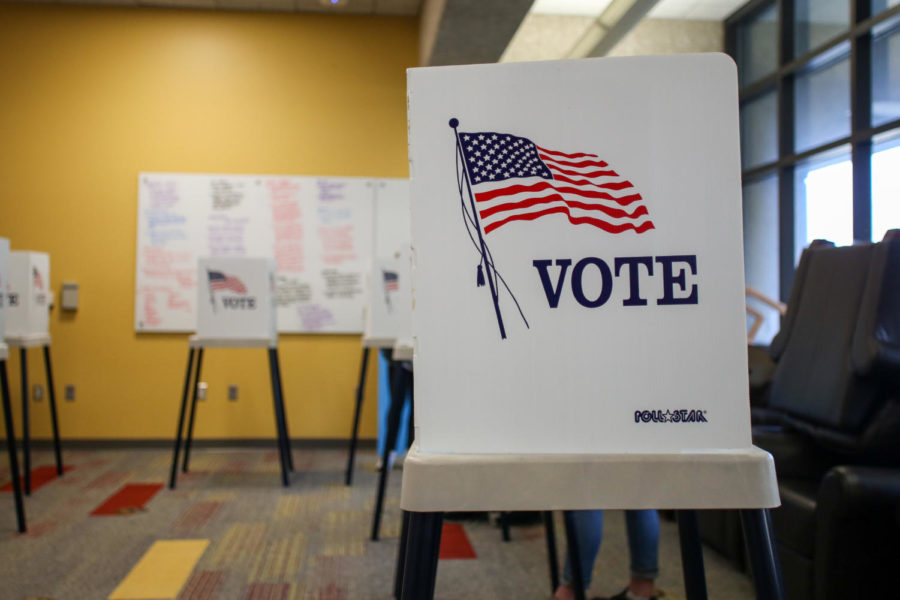S.A.R.T. combats sexual assault, abuse
March 22, 1999
The Sexual Assault Response Team, more commonly called S.A.R.T., is a safe harbor for victims of sexual assault and abuse in Story County.
“S.A.R.T. provides a support system to victims,” said Patricia Harvey, S.A.R.T. coordinator. “Its goal is to help sexual assault victims become survivors.”
The multi-faceted program, which began in 1998, is a combined effort of the Assault Care Extending Shelter & Support (ACCESS) shelter, the Story County attorney’s office, the Story County sheriff’s office, the Ames Police Department, the Student Health Center, Mary Greeley Medical Center and the Department of Public Safety.
Harvey said many misconceptions exist about sexual assault, and S.A.R.T. seeks to quell them.
She said many people wrongfully believe sexual assault only involves the penetration of the penis into the victim against his or her will.
“Sexual assault extends beyond that definition; it can also be without a person’s consent or when a person is unable to give the consent,” she said. “It can be vaginal, anal, oral and include objects and fingers and not just the penis.”
According to the Iowa Criminal Code, sexual abuse is defined as sexual contact by force, threat of force, trickery, coercion or bribery against the will of the victim. It also includes sexual contact carried out while the victim is under drug-induced sleep or lacks the mental capacity to make a rational decision.
Sexual assault can take other forms including obscene phone calls, cat calls or employer/co-worker propositions.
Besides being a support network for sexual assault victims, S.A.R.T. offers counseling, services for people with sexually transmitted diseases, pregnancies and physical injuries, legal services and a 24-hour response service to sexual assault victims and survivors.
“A survivor activates the team by calling S.A.R.T.,” Harvey said. “The team then works together in gathering information and in providing assistance so that repetitive questioning is eliminated and a more supportive system is created.”
According to a S.A.R.T. brochure, sexual assault is the fastest-growing violent crime in America. At the same time, it is the least reported.
“Only 10 to 20 percent of the victims report their assault,” Harvey said. “However, there has been a large improvement in the number of cases reported [in Story County], and at least half of them were willing to file a case against the perpetrator.”
Hope Borchardt, sexual assault services coordinator for ACCESS, gave several reasons why victims don’t want to report that they have been assaulted.
“It is very humiliating for the victim,” she said. “Sometimes, the victim feels that it is her fault or that she provoked the assault, but this is not true — it is never the fault of the victim.”
Harvey said victims often do not blame the rapist for the act, but “they look at themselves as the one who had asked for it.”
Although the majority of sexual assault victims are women, there is a growing number of males who have been assaulted. Harvey said men do not report assaults because they fear that they will be deemed “unmasculine” or homosexual.
By offering support, friends of assault victims help allay tension by lending a listening ear, Borchardt said.
“Make sure she is all right, believe in her and listen to your friend without making judgments,” she said. “Encourage her to go to the hospital, but do not force her. Leave the decision to her.”
Friends should remind the victims that they are not to blame for the assaults, Borchardt said.
One preventative measure against sexual assault is to adopt the “buddy system,” Harvey said.
“Make sure you and your friend do not leave without one another and watch out for each other,” she said.
Clear communication also is important, but it is “not as clear with the consumption of alcohol,” she said.
“Most of the time, alcohol and/or drugs are involved in sexual assault cases,” she said. “However, victims should remember that nothing that he or she does should cause them to be sexually assaulted.”






